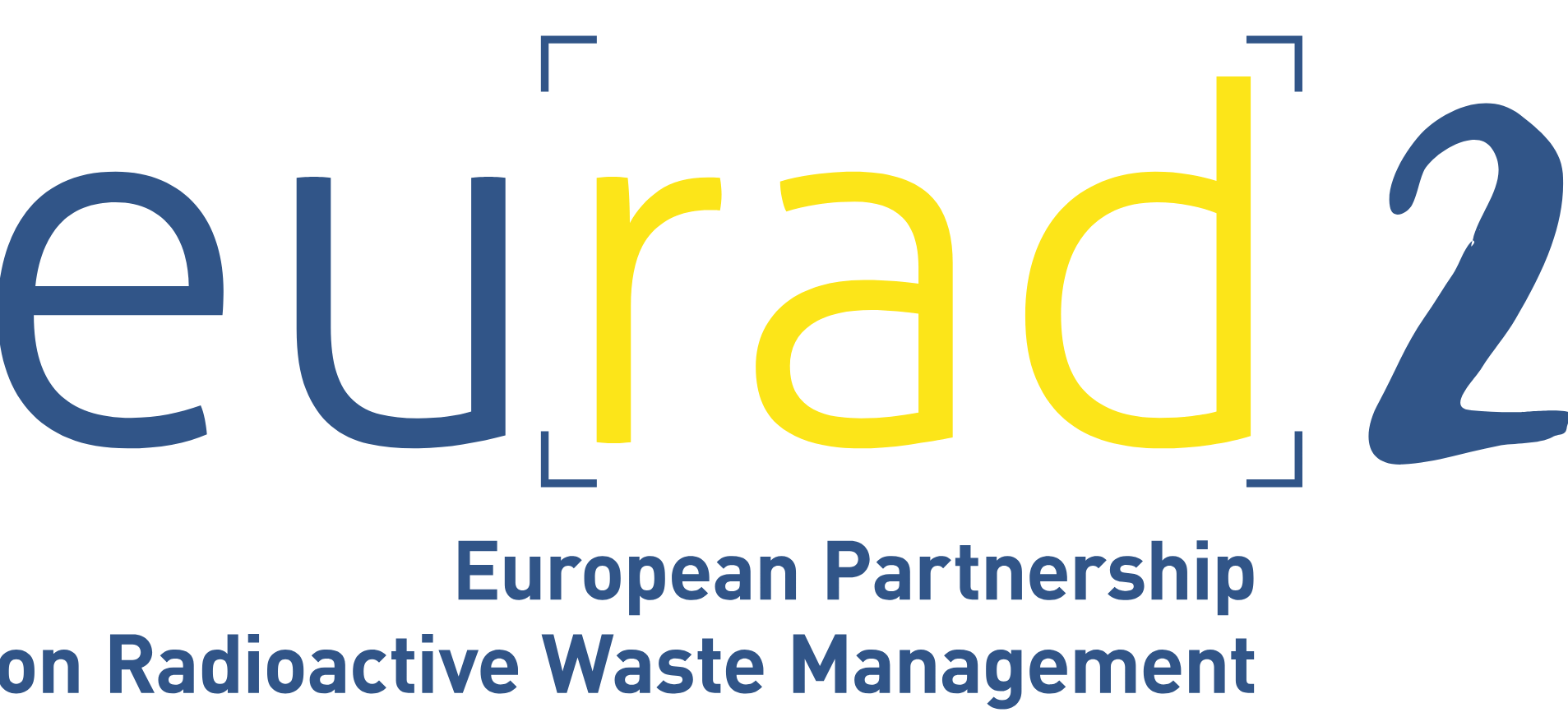Radionuclide mobility under perturbed conditions (RAMPEC)
Overview
Good understanding of radionuclide (RN) behaviour in argillaceous, crystalline and cementitious systems under equilibrium conditions has been derived from past experimental studies in simplified reference systems. Radionuclide and gas behaviour under perturbed conditions, however, are poorly constrained and up to date there is no integral model based description for perturbed systems. In addition, the capability of describing the chemical evolution of in-situ conditions in such systems has not yet reached a necessary level of maturity to deliver deterministic predictive reactive transport modelling of the nearfield.
RAMPEC will provide improved methods and approaches both regarding mechanistic modelling of radionuclide retention and migration on the disposal cell scale (meter to decametre scale). This will be achieved by the use of existing data from previous projects (FUTURE, CORI, …) and targeted new experimental investigations. All R&D Tasks aim for both scientific excellence and high relevance in the applied context. The restriction of RAMPEC on three systems (Clay, Granite, Cement) with a limited number of specific perturbations relevant to each system to be investigated, ensures a meaningful WP with a clear focus. It likewise ensures inclusiveness and opens new opportunities for coherent and forceful collaborations. RAMPEC will thus allow for a broad international cooperation throughout Europe with excellent opportunities for education and training as well as sharing of resources and expertise.
Objective
Improve the predictive capacity of models of disposal system chemistry and radionuclide mobility under perturbed conditions based on a combination of new experimental and modelling studies up to the cell scale.



